Table of content
Stir-frying is a cornerstone of quick, flavorful, and healthy cooking, and pork slices are a staple protein in this culinary tradition. Whether you’re whipping up a weeknight dinner or impressing guests with a restaurant-quality dish, achieving the ideal texture and doneness for stir-fried pork hinges on understanding the nuances of cooking time. This article delves into the science and technique behind cooking pork slices to perfection, exploring variables like heat, meat thickness, and desired tenderness. By the end, you’ll have the confidence to nail this dish every time—no guesswork required.
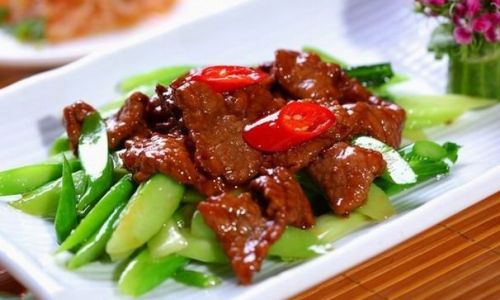
The Basics of Stir-Fried Pork Slices
Stir-frying involves cooking small, uniformly cut ingredients in a wok or skillet over high heat with minimal oil. The goal is to sear the meat quickly, locking in moisture and flavor while developing a caramelized exterior. Pork, a versatile meat, adapts beautifully to this method, but its cooking time can vary based on several factors.
Key Variables Affecting Cooking Time
- Cut of Meat: Tenderloin, loin, and shoulder are common choices. Tenderloin cooks fastest due to its leanness, while shoulder, with more connective tissue, may require slightly longer cooking to tenderize.
- Thickness of Slices: Thin slices (1/8–1/4 inch) cook in 2–3 minutes, while thicker cuts (1/2 inch) may need 4–5 minutes.
- Heat Level: High heat is non-negotiable for stir-frying. It ensures rapid cooking without steaming the meat.
- Desired Doneness: For juicy, tender pork, aim for an internal temperature of 145°F (63°C), followed by a rest period. Overcooking leads to dryness.
Step-by-Step Guide to Cooking Stir-Fried Pork Slices
Preparation: The Foundation of Success
- Slicing Technique: Partially freeze the pork for 20–30 minutes to firm it up, making slicing easier. Cut against the grain to shorten muscle fibers, ensuring tenderness.
- Marination (Optional but Recommended): A simple marinade of soy sauce, rice wine, cornstarch, and a pinch of baking soda can tenderize the meat and add flavor. Let it sit for 15–30 minutes.
Preheating the Pan
- Use a carbon-steel wok or heavy-bottomed stainless-steel skillet. Heat it over high flame until a drop of water evaporates instantly.
- Add 1–2 tablespoons of oil (peanut, vegetable, or avocado oil for high smoke points). Swirl to coat the pan.
Cooking the Pork
- First Sear: Add the pork slices in a single layer, avoiding overcrowding (cook in batches if needed). Let them sear undisturbed for 30–45 seconds to develop a golden crust.
- Toss and Stir: Use a spatula or tongs to flip and stir the meat continuously for 1–2 minutes. Thin slices will cook through by now; thicker cuts may need an additional minute.
- Remove and Rest: Transfer the pork to a plate. It will continue cooking slightly off the heat, so err on the side of slightly underdone.
Cooking Vegetables and Sauce
- In the same pan, stir-fry aromatic vegetables (garlic, ginger, onions) for 30 seconds.
- Add quicker-cooking veggies (bell peppers, snap peas) and stir-fry for 1–2 minutes.
- Pour in your sauce (a mix of soy sauce, oyster sauce, broth, and cornstarch for thickening). Let it bubble for 30 seconds.
Combining and Finishing
- Return the pork to the pan. Toss everything for 1–2 minutes until the sauce clings to the ingredients and the pork is fully cooked.
- Total cooking time from start to finish: 5–7 minutes.
Troubleshooting Common Issues
Tough or Chewy Pork
- Cause: Overcooking or slicing with the grain.
- Fix: Slice against the grain and monitor cooking time closely. Remove the pork just before it looks done—carryover heat will finish it.
Soggy, Not Seared
- Cause: Low heat or overcrowding the pan.
- Fix: Preheat the pan thoroughly and cook in batches to maintain high heat.
Uneven Cooking
- Cause: Inconsistent slice thickness.
- Fix: Use a sharp knife and aim for uniformity. Thicker slices should be placed toward the center of the pan for even heat distribution.
Advanced Tips for Perfect Pork Slices
Velveting Technique
A Chinese method where meat is marinated in a mixture of egg white, cornstarch, and oil, then briefly blanched in oil or water before stir-frying. This seals in moisture, yielding exceptionally tender results.
Basting with Aromatics
After searing the pork, add a splash of Shaoxing wine or rice wine to the hot pan. The alcohol will evaporate, leaving behind a depth of flavor.

Resting Period
Let the cooked pork rest for 2–3 minutes before serving. This allows juices to redistribute, preventing dryness.
Recipe: Classic Garlic Pork Stir-Fry
Ingredients (Serves 4):
- 1 lb pork tenderloin, sliced thinly
- 3 garlic cloves, minced
- 1 tbsp fresh ginger, grated
- 1 red bell pepper, thinly sliced
- 1 cup snow peas
- 1/4 cup low-sodium soy sauce
- 2 tbsp oyster sauce
- 1 tbsp rice vinegar
- 1 tsp sesame oil
- 1 tbsp cornstarch + 2 tbsp water (slurry)
- 2 tbsp peanut oil
- Salt and pepper to taste
Instructions:
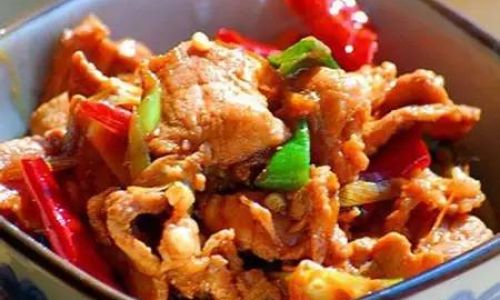
- Marinate pork in 1 tbsp soy sauce, 1 tsp cornstarch, and a pinch of pepper for 15 minutes.
- Heat wok over high heat. Add 1 tbsp oil, then pork. Stir-fry 2–3 minutes until browned. Remove.
- Add remaining oil. Stir-fry garlic and ginger 30 seconds. Add bell peppers and snow peas; cook 2 minutes.
- Whisk remaining soy sauce, oyster sauce, vinegar, sesame oil, and cornstarch slurry. Pour into wok; cook 1 minute.
- Return pork to wok. Toss 1–2 minutes until sauce thickens. Serve with rice.
Total Cooking Time: 20 minutes (including prep).
The Science Behind Cooking Time
Pork’s protein structure changes when heated. At 140°F (60°C), collagen (a connective tissue protein) begins to break down into gelatin, tenderizing the meat. However, exceeding 160°F (71°C) causes muscle fibers to squeeze out moisture, resulting in dryness. Stir-frying’s high heat rapidly elevates the meat’s temperature, making precise timing essential.
Cultural Variations in Stir-Fried Pork
- Thai Basil Pork (Pad Krapow Moo): Adds fiery chilis, holy basil, and fish sauce. Cooking time remains similar, but the dish prioritizes bold flavors over tenderness.
- Japanese Pork Katsu Don: A breaded pork cutlet simmered in broth and eggs. Cooking method differs (pan-frying vs. stir-frying), but the principle of controlled heat applies.
- Korean Dweji Bulgogi: Marinated in gochujang and pear juice, then grilled or pan-fried. Thinner slices ensure quick cooking.
Health and Nutrition Considerations
Stir-fried pork is a lean protein source when using tenderloin. A 3-ounce serving provides 22 grams of protein and only 120 calories (depending on cut). Pair with fiber-rich vegetables for a balanced meal.
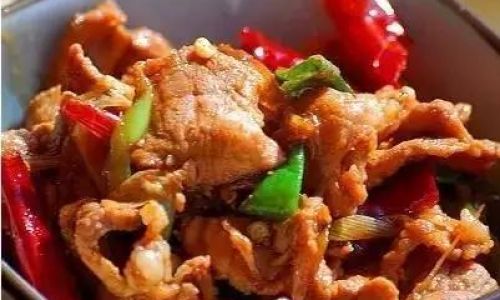
Conclusion: The Clock Is Ticking
Mastering stir-fried pork slices is a blend of technique and intuition. While thin slices may cook in as little as 2 minutes, thicker cuts or denser cuts like shoulder demand patience. Remember: high heat, uniform slicing, and vigilant monitoring are your allies. With practice, you’ll learn to gauge doneness by sight and texture, turning out restaurant-worthy dishes in minutes. So grab your wok, sharpen your knife, and let the sizzle begin!

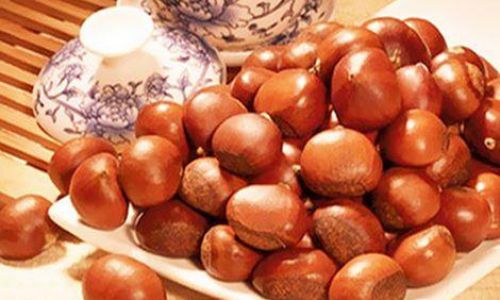
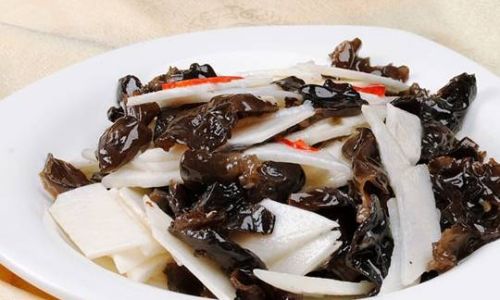
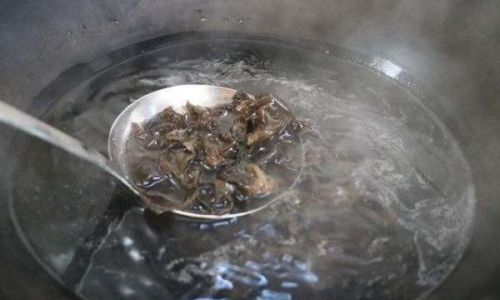
0 comments